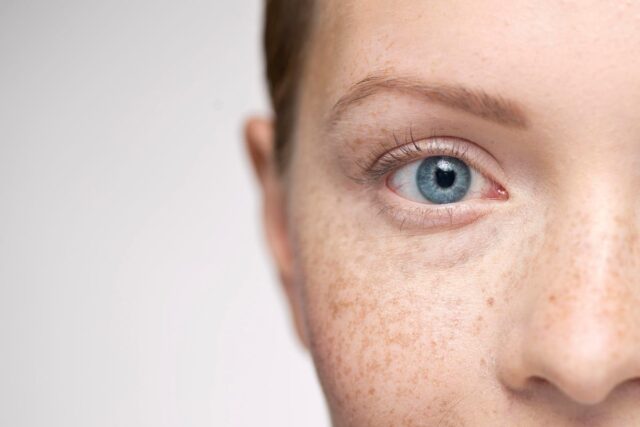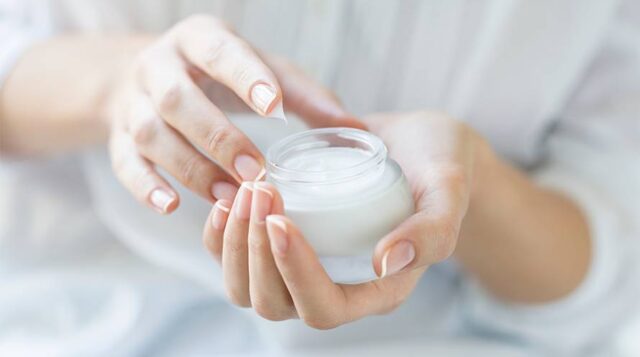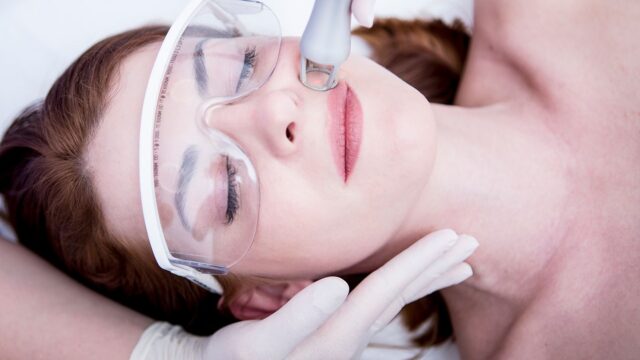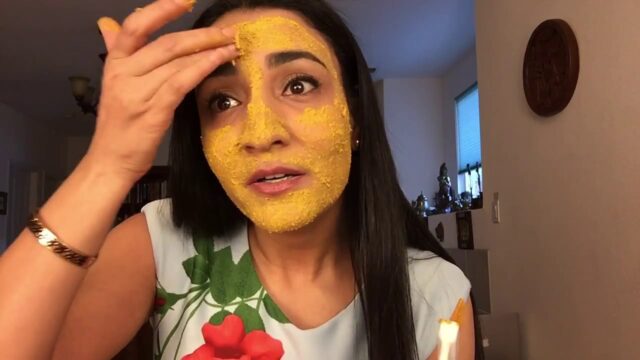
Unprotected hours under the sun can appear on the arms, face, neck, and chest as uneven pigmentation, freckles, and dark spots. While reversing sun damage fully may not always be feasible. Certain products, such as a dead skin cleanser, can partially curb future damage. Here are tips on how to reverse sun-damaged skin:
1. Apply Topical Gels and Creams

Prescription and over-the-counter treatments, also called solar lentigines, can help reduce dark spots. To reverse sun damage, you can try a dead skin cleanser and the following:
Retinoids: Retinoids are derived from vitamin A, encouraging skin cells to renew. They increase collagen production, minimize the size of pores, and lighten brown spots. Retinol is a popular type of retinoid that can combat signs of sun damage. Consistent application of retinol can make the dermis thicker. Your skin may feel softer and smoother and have reduced wrinkles and fine lines. Different retinol products vary in formulations (including creams and gels) and strength. You can find a cream or gel that suits your skin type.
Vitamin C and Antioxidants: Vitamin C helps slow the skin’s degeneration caused by free radicals that may result in visible skin damage. Antioxidants help to minimize UV skin damage and the breakdown of collagen, which slows down signs of aging.
Exfoliants: Excessive exposure to the sun can slow down the skin cell turnover rate. Your skin may develop clogged pores and blemishes, making it look uneven, dry, and dull. Exfoliants help to increase faster skin cell turnover.
Chemical Peels: Chemical peels can be superficial, medium, or deep. They use different solutions to enhance skin appearance. The treatment intensity will depend on your skin type and therapeutic and cosmetic goals. Peels help to remove the epidermis so new skin can form on the surface. The removal process helps to improve fine lines, uneven pigmentation, and precancerous lesions.
2. Use Sunscreen
Sunscreen protects your skin by blocking UV radiation from getting into the skin. Ultraviolet (UV) radiation can damage your skin, causing skin cancer and sunburn. Sunscreen can help you stay out when it’s hot, preventing damage to your skin cells from happening. A good sunscreen will reflect or absorb UV rays before the skin reddens. Pick a sunscreen with a high SPF. Look for one that is waterproof or water-resistant to offer protection while sweating or swimming. You can buy sunscreen as gels, ointments, creams, sprays, and wax sticks.
3. Try Laser Therapy

Laser therapy is a non-invasive and non-toxic treatment that helps to restore and regenerate skin cells using light energy. The treatment minimizes the need for medication and increases the recovery rate of the affected tissues. Laser treatments target the rough texture, discoloration, and dullness caused by the sun. The aim is to help you get a smoother skin surface and even skin tone.
The treatments need only a small recovery time. Other advantages include minimal inflammation and swelling and improved blood circulation. Different types of laser treatments for sun damage include pigment-seeking lasers, ablative resurfacing lasers, non-ablative lasers, and intense pulsed light (IPL) lasers. You’ll start noticing significant improvement over time. The skin surface may feel irritated and look pink for a few days following treatment. Patients should also avoid direct sunlight and tanning while using good sunscreen daily after lasering.
4. Schedule a Full Body Skin Exam
Patients with significant sun damage, suspicious lesions, or multiple moles can schedule their medical exam with a dermatologist. Depending on the findings, the dermatologist can advise on how often the exams should be performed. If your skin has significant sun damage or multiple cancers, a professional will present you with options to treat them and to slow the rate of getting new lesions.
They can treat sun-damaged areas using topical medications, oral medications, vitamins, or specific types of light therapy. While much of the damage may be permanent, the treatment can minimize signs of skin sun damage that may make you look older.
DIY Remedies for Sun-damaged Skin

While there are many products available to reverse sun damage, some people prefer to use natural and affordable DIY remedies. Here are some effective DIY remedies for sun-damaged skin:
- Aloe Vera: Aloe vera is a natural remedy that can help soothe and heal sunburnt skin. Simply cut a fresh aloe vera leaf and apply the gel directly to the affected area. Leave it on for 30 minutes before rinsing it off with cool water.
- Cucumber: Cucumber has natural cooling and hydrating properties that can help soothe sun-damaged skin. Slice a cucumber and place the slices over the affected area for 15-20 minutes. Alternatively, you can blend the cucumber and apply the paste to your skin.
- Green tea: Green tea is rich in antioxidants that can help repair and protect sun-damaged skin. Brew a cup of green tea and let it cool. Soak a cloth in the tea and apply it to your skin for 15-20 minutes.
- Coconut oil: Coconut oil is a natural moisturizer that can help hydrate sun-damaged skin. Simply apply coconut oil to your skin and massage gently. Leave it on for 30 minutes before rinsing it off with cool water.
- Oatmeal: Oatmeal has natural anti-inflammatory properties that can help soothe sunburned skin. Mix 1 cup of oatmeal with 1/4 cup of milk and 2 tablespoons of honey. Apply the mixture to your skin and leave it on for 30 minutes before rinsing it off with cool water.
- Lemon juice: Lemon juice is a natural exfoliant that can help remove dead skin cells and reduce the appearance of age spots. Apply lemon juice to your skin and leave it on for 10-15 minutes before rinsing it off with cool water.
- Potato: Potatoes contain enzymes that can help lighten dark spots caused by sun damage. Simply slice a potato and place the slices over the affected area for 10-15 minutes. Alternatively, you can blend the potato and apply the paste to your skin.
Buy the Best Dead Skin Cleanser
Find a dead skin cleanser that’s ideal for your skin type. Choose a cleanser known to prevent sun damage, unclog pores, prevent breakouts, and exfoliate the skin. The best cleanser will help to remove oil, makeup, and dirt from the skin’s surface, making it feel clean and refreshed. Prioritize a brand with high-quality ingredients that don’t deplete oils in your skin.









